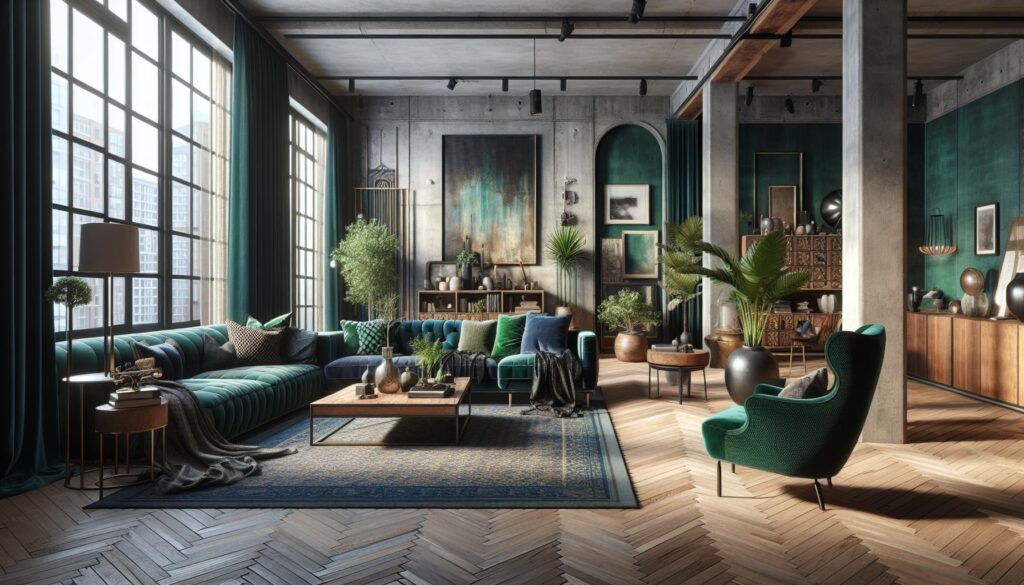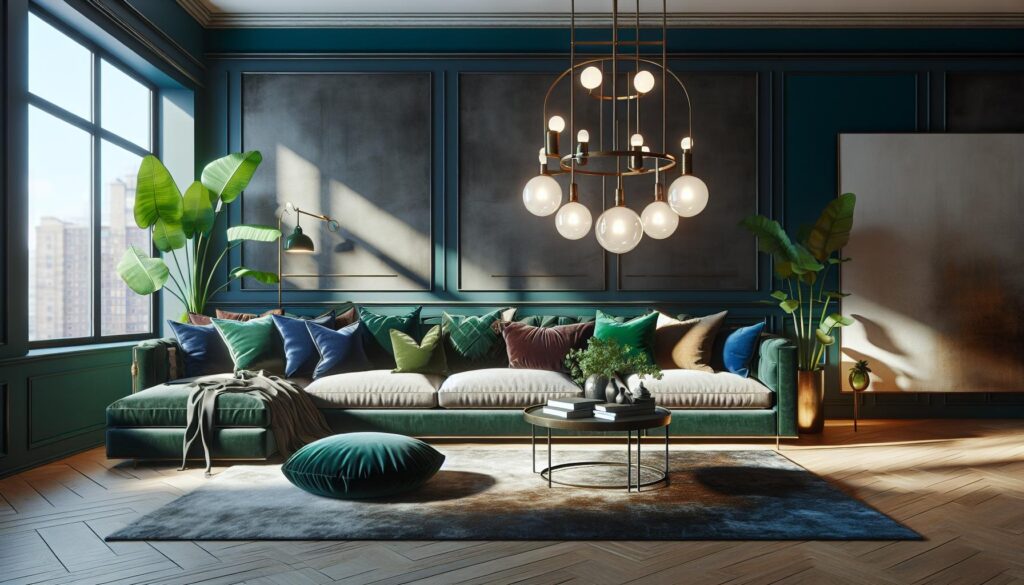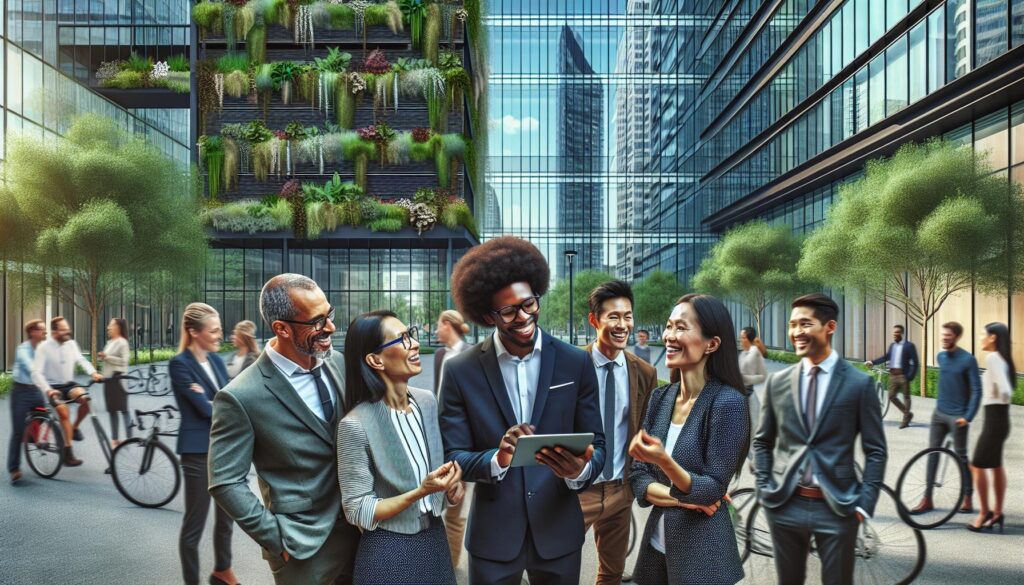In a world where home is the new runway, 2021 brought a fresh wave of architectural trends that turned ordinary spaces into extraordinary statements. From bold colors that scream personality to sustainable designs that whisper sweet nothings to Mother Earth, this year’s trends have something for everyone. It’s like a buffet of style—just don’t forget to leave room for that quirky accent chair!
Architectural Digest Trends 2021
Architectural Digest trends in 2021 showcased a shift towards unique design expressions. Bold colors emerged as a prominent feature, enriching spaces and creating visual interest. Sustainable designs captured attention as homeowners favored eco-friendly materials and practices.
Quirky decor elements played a significant role, offering diverse styles that reflect personal identities. Accent chairs became focal points, demonstrating how specific pieces can transform a room’s aesthetic.
Mixing old with new gained traction, as vintage elements complemented contemporary designs. Natural light took precedence, with large windows and open spaces enhancing the feeling of openness and connectivity.
Functionality remained essential; multi-purpose rooms gained popularity for their versatility in adapting to remote work and lifestyle changes. Textured fabrics and layered materials contributed to a sense of warmth, inviting comfort into modern interiors.
Artistic expressions flourished through the use of murals and unique artwork, allowing for individuality in each space. The blending of indoor and outdoor spaces emphasized nature’s presence, with gardens and patios becoming integral parts of home design.
Overall, the trends reflected a broader cultural shift towards personalization and sustainability in architecture and design, encouraging creative approaches that cater to individual tastes and modern lifestyles.
Key Design Themes
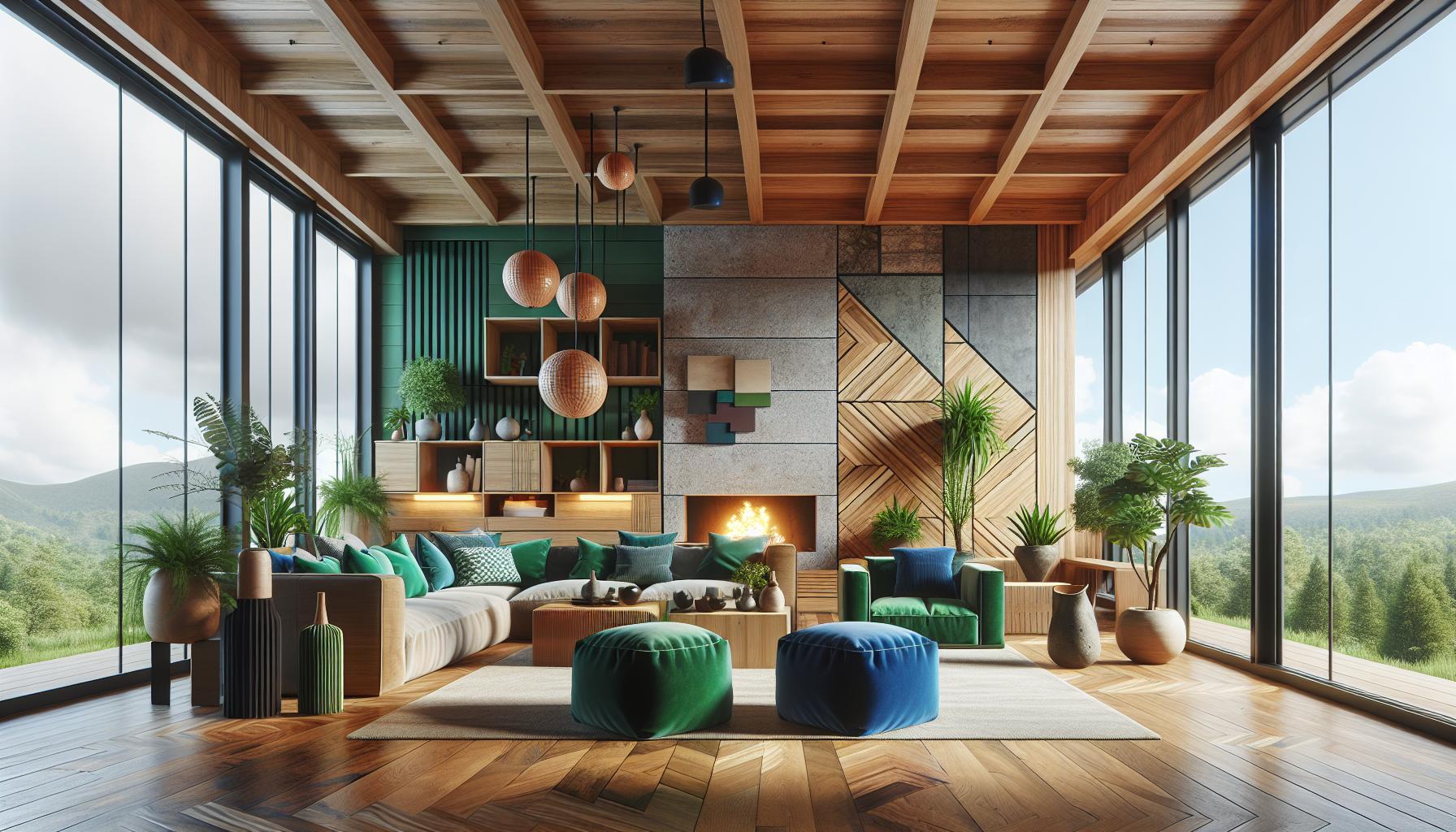
Architectural trends of 2021 reflect a commitment to individuality and sustainability. Several key themes stand out in home design, showcasing diverse aesthetics and functionality.
Natural Materials
Natural materials gained popularity for their organic appeal. Wood, stone, and clay were prominent choices, fostering warmth and texture in living spaces. Many homeowners opted for reclaimed wood, improving sustainability while adding character. Designers frequently featured stone accents, enhancing a space’s timelessness. Sustainable materials resonated with eco-conscious consumers, enabling a connection to nature.
Bold Colors
Bold colors transformed interiors by creating striking focal points. Vibrant hues, like emerald green and deep navy, enriched rooms distinctly. Accents of bright yellow or fiery red often highlighted quirky decor elements. Designers mixed shades creatively, allowing for personalized expressions of style. This vibrant palette encouraged homeowners to embrace their artistic sides through playful color combinations.
Sustainable Design
Sustainable design principles became integral to modern aesthetics. Eco-friendly materials reduced environmental impacts, appealing to conscious consumers. Energy-efficient fixtures minimized utility costs, making spaces both stylish and practical. Many trends incorporated multifunctional spaces, optimizing square footage and promoting efficiency. Indoor plants not only enhanced air quality but also contributed to a calming atmosphere, merging functionality with nature.
Notable Architectural Styles
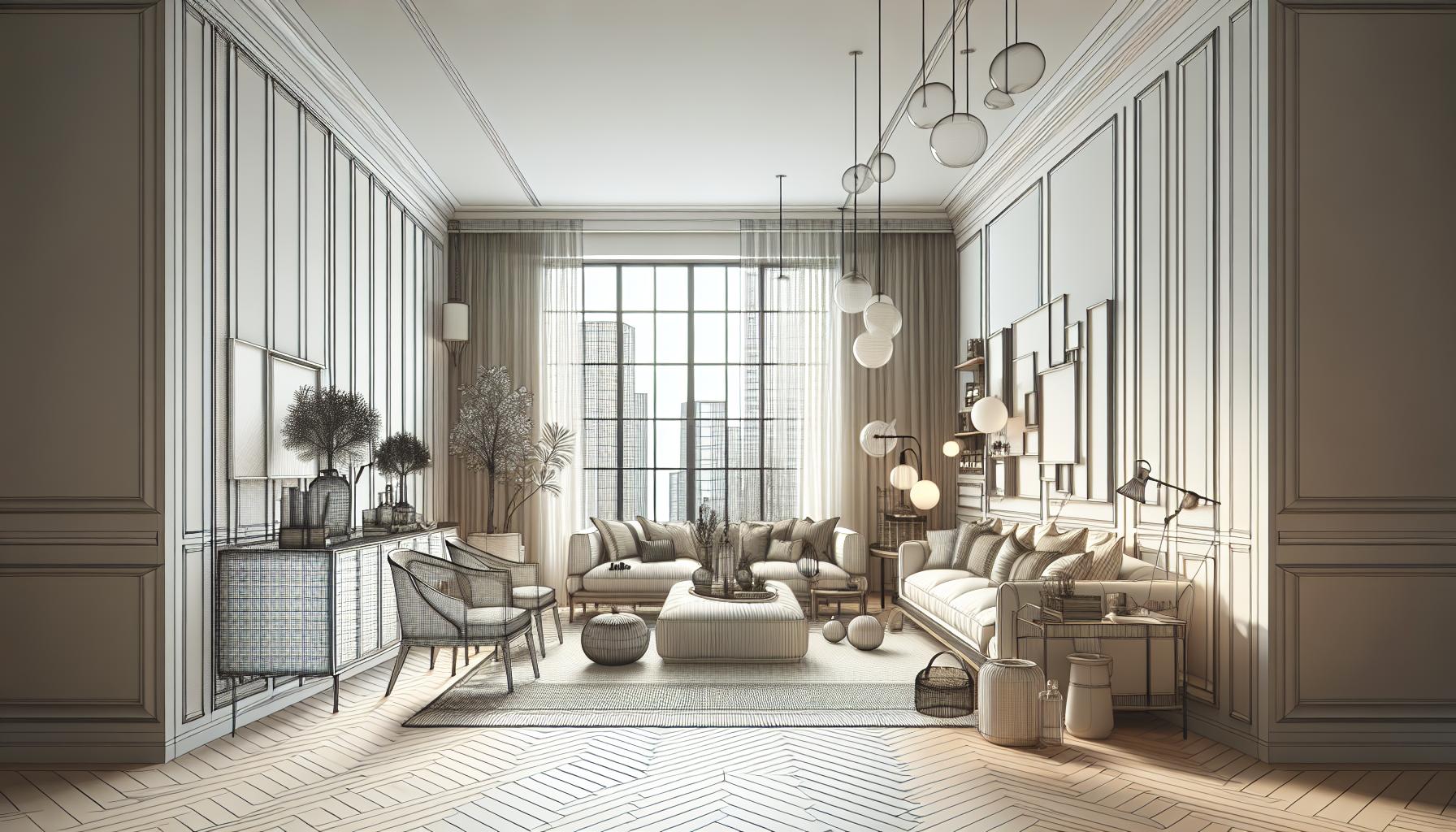
Architecture in 2021 showcased diverse styles, each reflecting contemporary tastes and priorities. These trends included modern minimalism and eclectic vintage, highlighting unique expressions in home design.
Modern Minimalism
Modern minimalism emphasizes simplicity and functionality. Clean lines and uncluttered spaces dominate, creating a serene atmosphere. Neutral color palettes, like whites and greys, enhance lightness and sophistication. Natural materials, including wood and stone, add warmth without overwhelming visuals. Furniture choices focus on essential pieces, promoting an open feel and encouraging mindfulness. Extensive use of glass increases transparency, inviting natural light indoors and blending interiors with the outdoors. The objective centers around fostering calm and intentional living, allowing individuals to appreciate their surroundings fully.
Eclectic Vintage
Eclectic vintage blends old and new elements to create unique spaces. This style combines antique furnishings and modern decor, leading to personalized showcases of history and artistry. Bold patterns and textures bring life to interiors, showcasing vibrant fabrics and striking wallpapers. Layering and mixing various design eras encourage creativity while honoring craftsmanship. Colorful accents and curated collections embody individuality, reflecting personal stories and tastes. The approach supports sustainability by reusing vintage pieces, minimizing waste and promoting environmental consciousness. Ultimately, eclectic vintage celebrates the beauty of contrast, offering refreshing and dynamic home environments.
Influential Designers of 2021
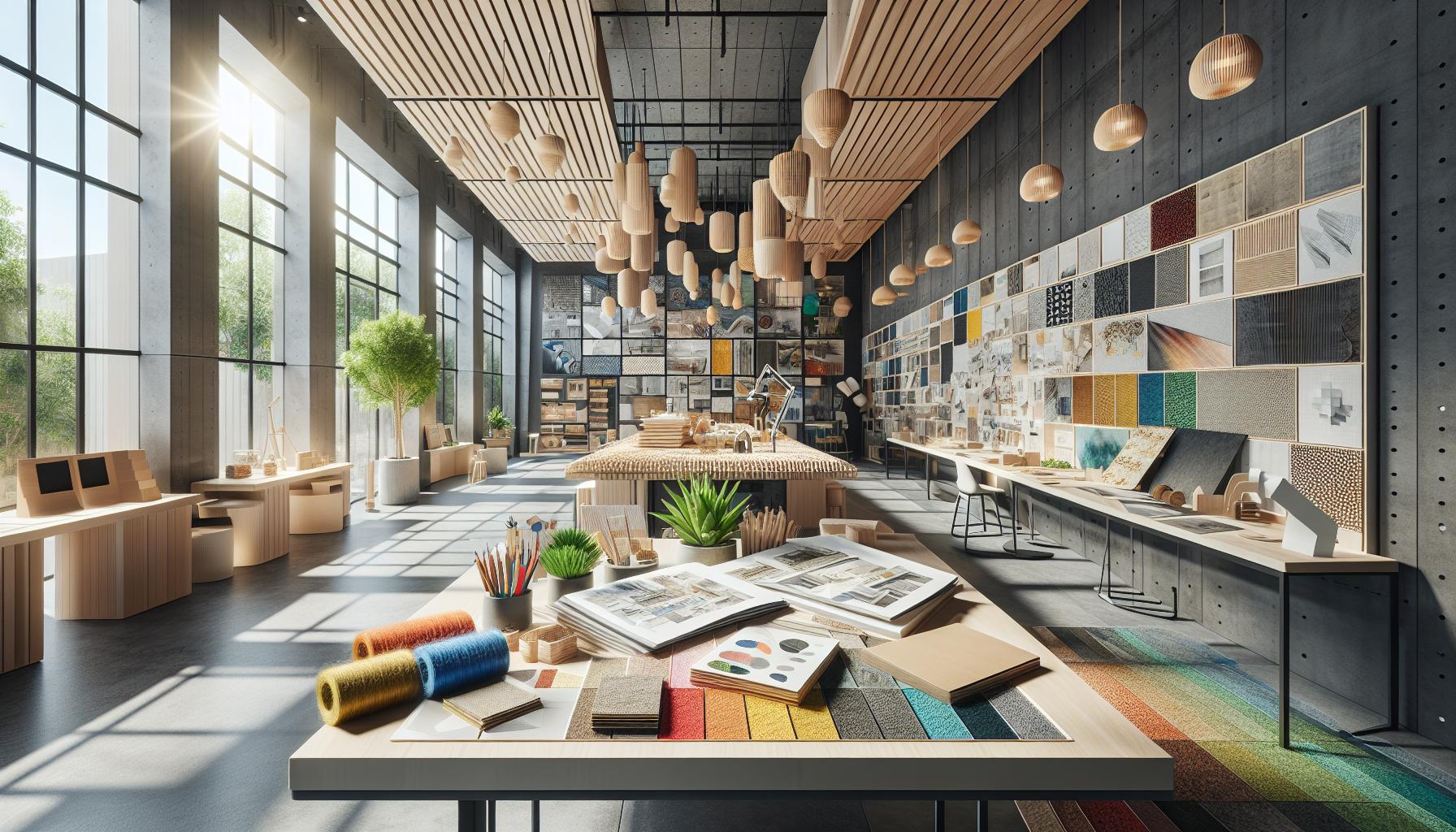
The year 2021 saw a diverse range of designers shaping architectural trends. Their innovative approaches to style led to transformative living spaces.
Upcoming Names to Watch
Emerging talents are gaining recognition for their unique perspectives. Designers like Kelly Wearstler captivate audiences with bold use of color and texture. Additionally, Elena Manferdini utilizes dynamic forms to create captivating environments. Firms like Studio Ous are redefining sustainable practices within design, focusing on eco-friendly materials and processes. Each brings fresh insights to contemporary design, encouraging a new generation of creativity.
Established Icons
Established figures continue to influence the architectural landscape profoundly. Designers such as Philippe Starck are renowned for avant-garde concepts that merge utility with artistry. Martyn Lawrence Bullard blends diverse cultural influences, showcasing a rich tapestry of design elements. Furthermore, Zaha Hadid Architects remains impactful with fluid forms and futuristic aesthetics. Collectively, these icons share a commitment to pushing boundaries and enhancing the connection between form and function in their work.
Impact of Technology on Design
Technology reshapes design, introducing smart home innovations and enhanced user experiences. Designers integrate automated systems, allowing homeowners to control lighting, temperature, and security from mobile devices. Incorporating augmented reality transforms the design process. Clients visualize spaces before construction, improving decision-making and efficiency.
3D printing significantly impacts furniture creation, enabling custom designs that cater to individual needs. Materials produced through this technology often reflect sustainability, reducing waste in manufacturing processes. Virtual reality offers immersive design experiences. Users explore spaces virtually, fostering a deeper understanding of spatial relationships.
Materials innovation leads to advancements in energy-efficient products. Solar panels and smart glass minimize energy consumption while maximizing comfort. Designers increasingly prioritize flexibility through modular systems. This approach caters to evolving lifestyles, allowing for quick adjustments in living spaces.
Collaborative platforms streamline communication between clients and architects. Such tools foster real-time feedback, enhancing project outcomes. Artificial intelligence aids in trend analysis, providing insights into consumer preferences. As a result, designs resonate more deeply with occupants.
Connecting technology with aesthetics marks a defining trend. Contemporary designs often feature integrated tech elements, combining functionality with striking visual appeal. This emphasis on seamless integration enhances the overall user experience, ensuring that technology complements the design rather than dominates it.
Adaptive reuse showcases technology’s role in preserving architectural history. By modernizing existing structures, designers create unique spaces that honor the past while accommodating today’s needs. In summary, technology’s impact on design promotes creativity, efficiency, and sustainability, shaping the future of architectural expression.

